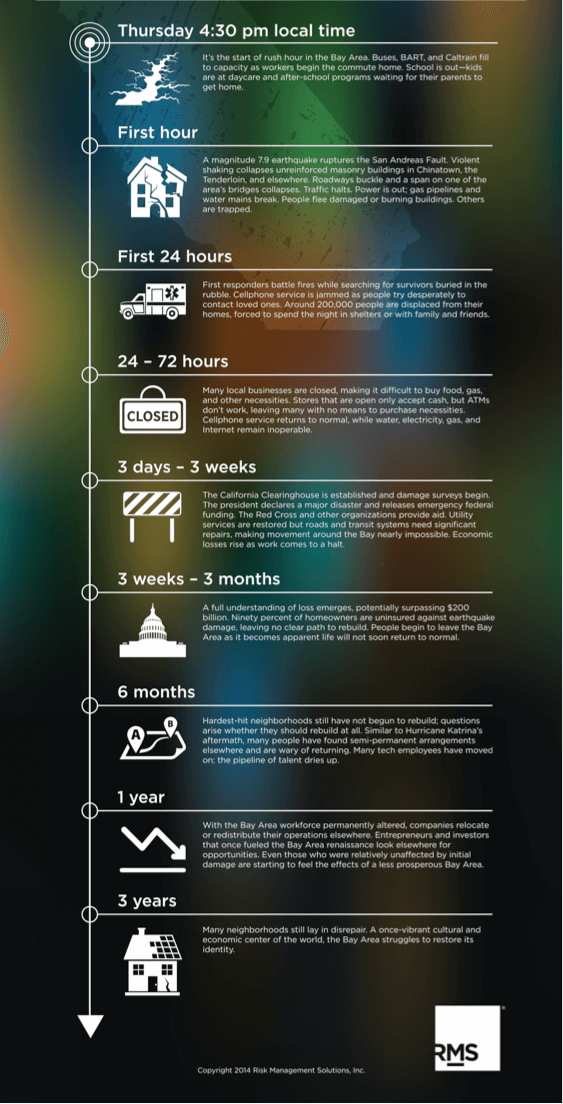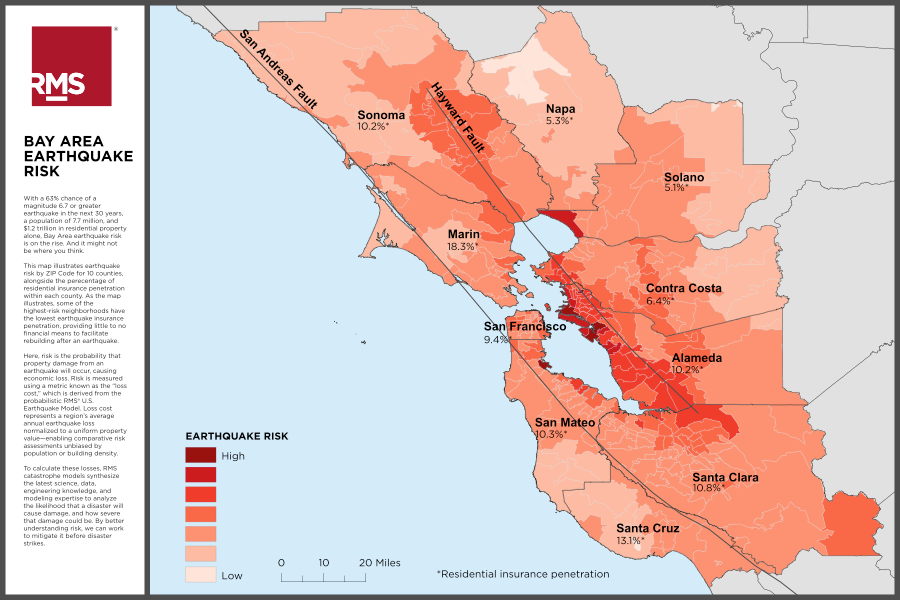April 29, 2015
The Nepal Earthquake: What We Know So Far
Delhi, India also at high risk of earthquakes from the same collision zone
The earthquake in Nepal is very much a developing story. However, based on what we know, it’s shaping up to be the worst natural disaster this calendar year, particularly because Nepal is remote, economically challenged, and not resilient to an earthquake of this magnitude. The ground shaking appears to have been stronger in Kathmandu than the 1934 earthquake, possibly making it the largest we’ve seen in Nepal in almost a century.
As of April 29, Time Magazine reports that the death toll has crossed 5,000. It’s expected that casualties could surpasses 10,000, as rescue efforts continue.
While it is too early to draw substantial conclusions about the disaster—and the final casualty number—we are able to share some insight into the event and risk in the area:
Most large earthquakes in this region occur along the plate boundary collision zone:
In this region, the Indian continent dips beneath the Tibetan plateau. The Himalayan mountain chain and Everest are products of this collision zone, and the area at risk stretches from Assam and southern Bhutan to the east through Nepal to the mountains of northern Pakistan in the west. The magnitude 7.6 earthquake in Kashmir in 2005, which caused terrible damage to villages either side of the Pakistan-India border resulting in 86,000 fatalities, occurred along this plate boundary.
Nepal’s fragile economy will be affected: Nepal is one of the world’s poorest countries. The country’s main revenue sources are agriculture and tourism, including foreigners looking to scale Mount Everest. Reports indicate that the damage caused in recent days could substantially set back the economy of Nepal.
Kathmandu was hit hardest:The fault rupture of the Nepal earthquake extended eastward from its epicenter, passing underneath the city of Kathmandu.
Historic buildings throughout the city have been reduced to rubble. Darbar Square, which attracts millions of tourists annually and is vital for the Nepalese economy, has been razed. An overwhelming majority of homes in what’s known as the Gorkha district have been destroyed. Furthermore, many villages in the region needing assistance are in mountainous areas, making rescue efforts difficult.
Structures in Nepal were already at risk: The Nepalese population resides in unreinforced masonry structures that are highly vulnerable to earthquake ground shaking. Secondary hazards are of concern as well—including landslides and liquefaction.
Aid efforts are already helping to make Nepal more resilient
The widespread damage to infrastructure will be a significant setback for Nepal, which relies on agriculture and tourism. Organizations such as Build Change are already on site helping affected communities to start rebuilding their homes using disaster-resistant designs to increase the country’s resilience to future earthquakes. If you would like to support Build Change’s work, you can donate to their fund by clicking here.
Delhi, India is at high risk of earthquakes from the same collision zone
Between Gujarat and the Himalayas lies the mega-city of Delhi, which is exposed to significant earthquake risk from the surrounding plate movement.
Delhi’s seismic risk comes from both the Himalayan thrust zone, where the recent Nepal earthquake struck, and the transition zone between the stable continent and the active plate boundary—also the site of the 2001 M7.7 Gujarat earthquake, which resulted in 20,000 fatalities.
According to the Bureau of Indian Standards’ seismic zoning map, Delhi is within a “high seismic risk zone.” Combined with an older building stock made of unreinforced masonry and reinforced concrete, the city’s people, buildings, and economy are at significant risk.
Delhi is the northern industrial hub of India, with significant manufacturing exposure, including textiles, chemicals, fertilizers, and leather goods. Delhi’s service sector has also grown enormously in recent years, with expansion in information technology, telecommunications, and banking.
Projects piloting risk reduction in the city—through building retrofits or enhanced building inspections—have been underway and offer some degree of comfort that the seismic risk issues in Delhi are being acknowledged.
We will continue to monitor the situation in Nepal. If you have questions about the disaster please feel free to ask them in the comment section.…







